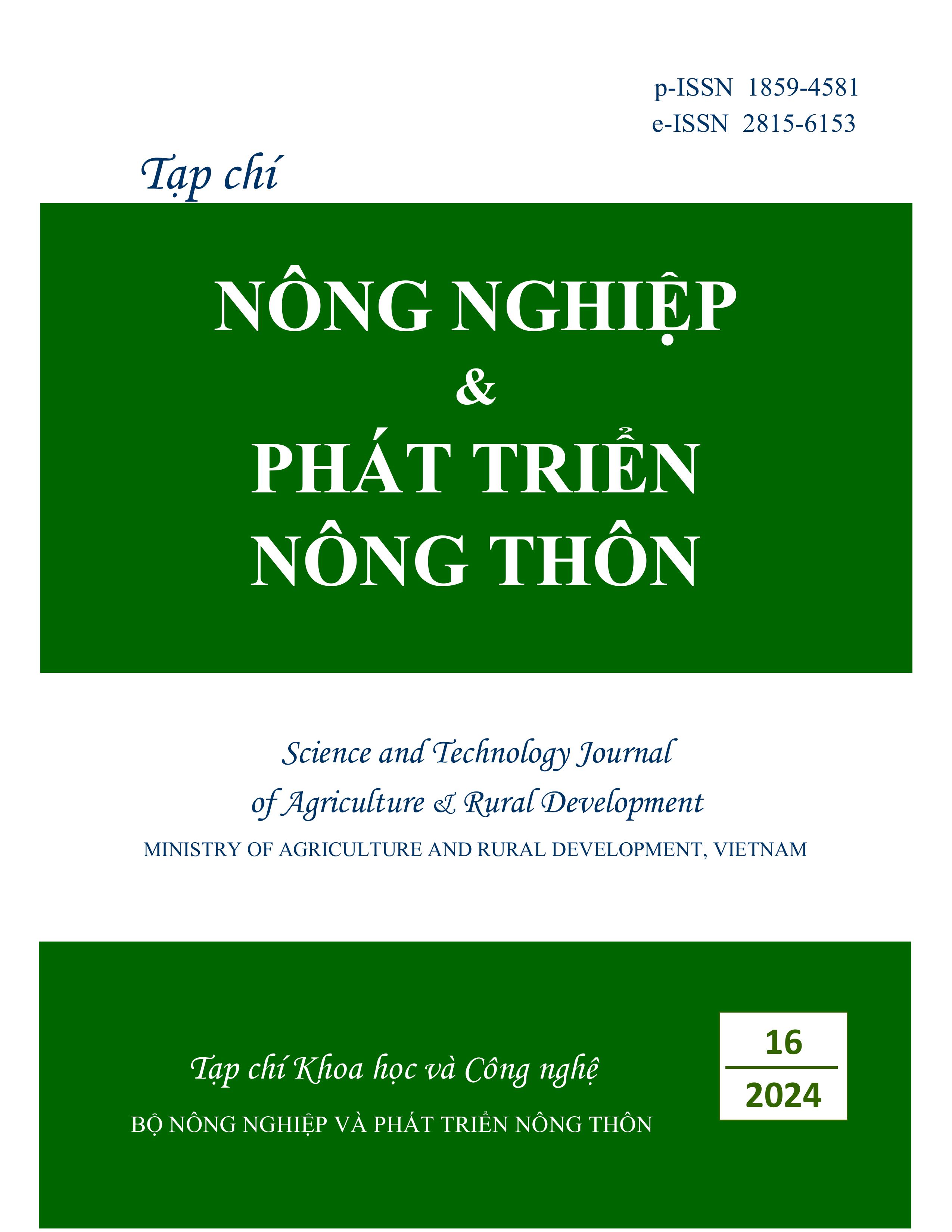INVESTIGATION OF INDUCED RESISTANCE AGAINST RICE BACTERIAL LEAF BLIGHT OF METHANOL Kalanchoe pinnata LEAF EXTRACTS USING FOLIAR SPRAYING
DOI:
https://doi.org/10.71254/xkyfpa82Keywords:
Bacterial leaf blight, induced resistance, Kalanchoe pinnata, rice, Xanthomonas oryzae pv. oryzaeAbstract
Bacterial leaf blight caused by Xanthomonas oryzae pv. oryzae is one of the important diseases in rice fields. This study aims at testing for disease-reducing effects of methanol Kalanchoe pinnata leaf extracts using foliar spraying and investigating the mechanism involved in the observed disease reduction, focusing on induced resistance. The extracts were prepared by the liquid-liquid extraction method. Three spraying methods, i.e., (1) spraying at 14 days before inoculation (DBI), (2) at 7 DBI and (3) at both 14 and 7 DBI, using three extract concentrations (1, 1.5, 2%) were tested under greenhouse conditions. Spraying 14 DBI using 1% extract showed significant disease reduction similar to that of the chemical control (Starner 20WP) at all disease assessment timepoints. Induced resistance involved in the observed disease reduction through activities of the four defense-related and/or antioxidant enzymes, i.e., peroxidase, catalase, polyphenol oxidase and phenylalanine ammonia lyase. Indeed, the activities of all enzymes increased in early stage with extract application and reached higher levels with both extract application and pathogen inoculation.






